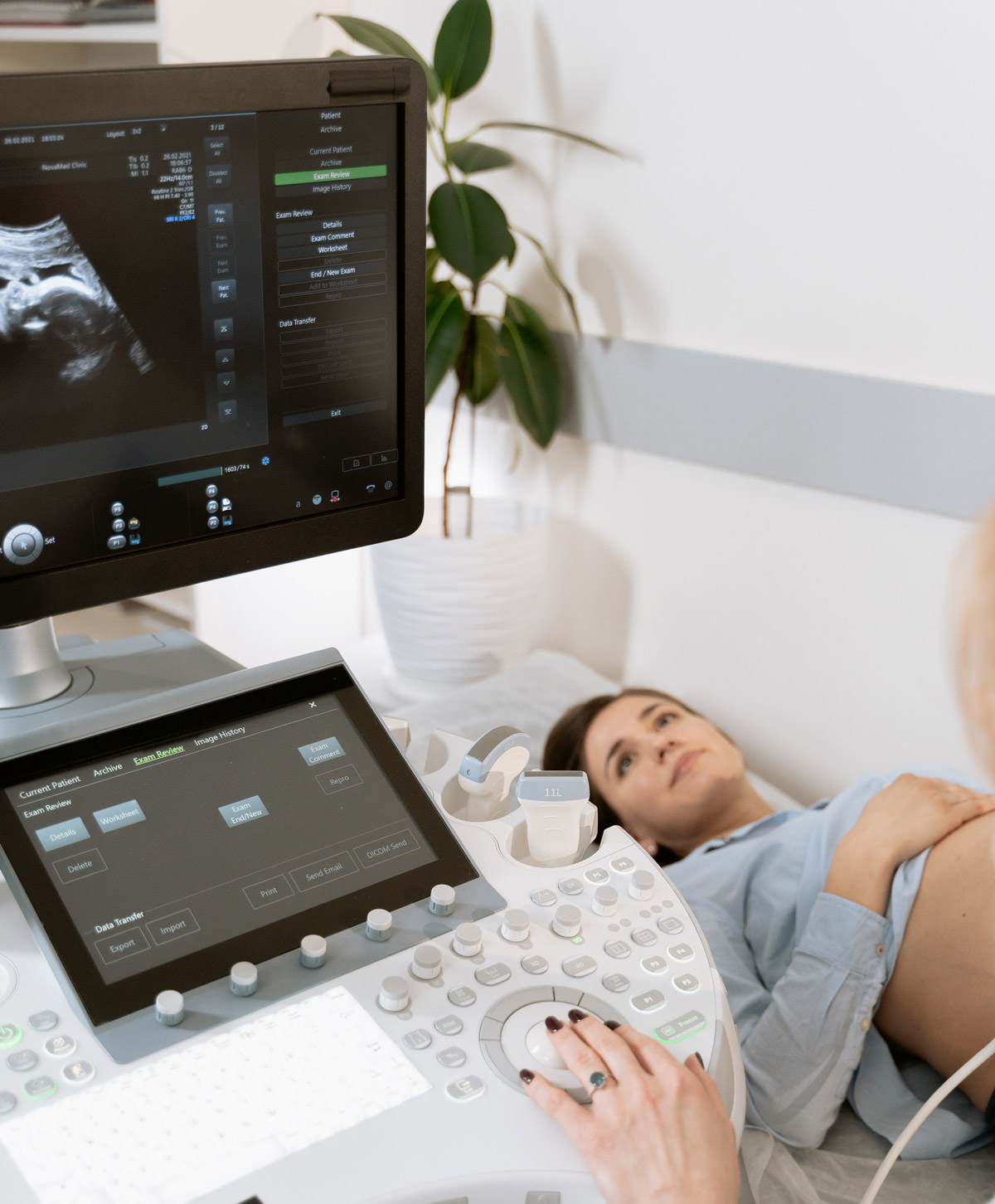We provide precise and comprehensive assessment of the presence and measurement of uterine fibroids, cervical cysts, and endometrial polyps which are not commonly able to be viewed upon standard pelvic ultrasound equipment.
The includes the in-depth measurement with spectral doppler for peripheral and internal vascularity of each endocervical polyp/s and uterine fibroid/s; the resistive index of each polyp/s and fibroid/s; and the peak systolic velocity of each polyp/s and fibroid/s.
These may also play a role in fertility and gynaecological symptoms such as period pain, heavier periods, pain upon intercourse, miscarriage, and increased iron loss, which are not accurately provided on standard pelvic ultrasounds, including:





